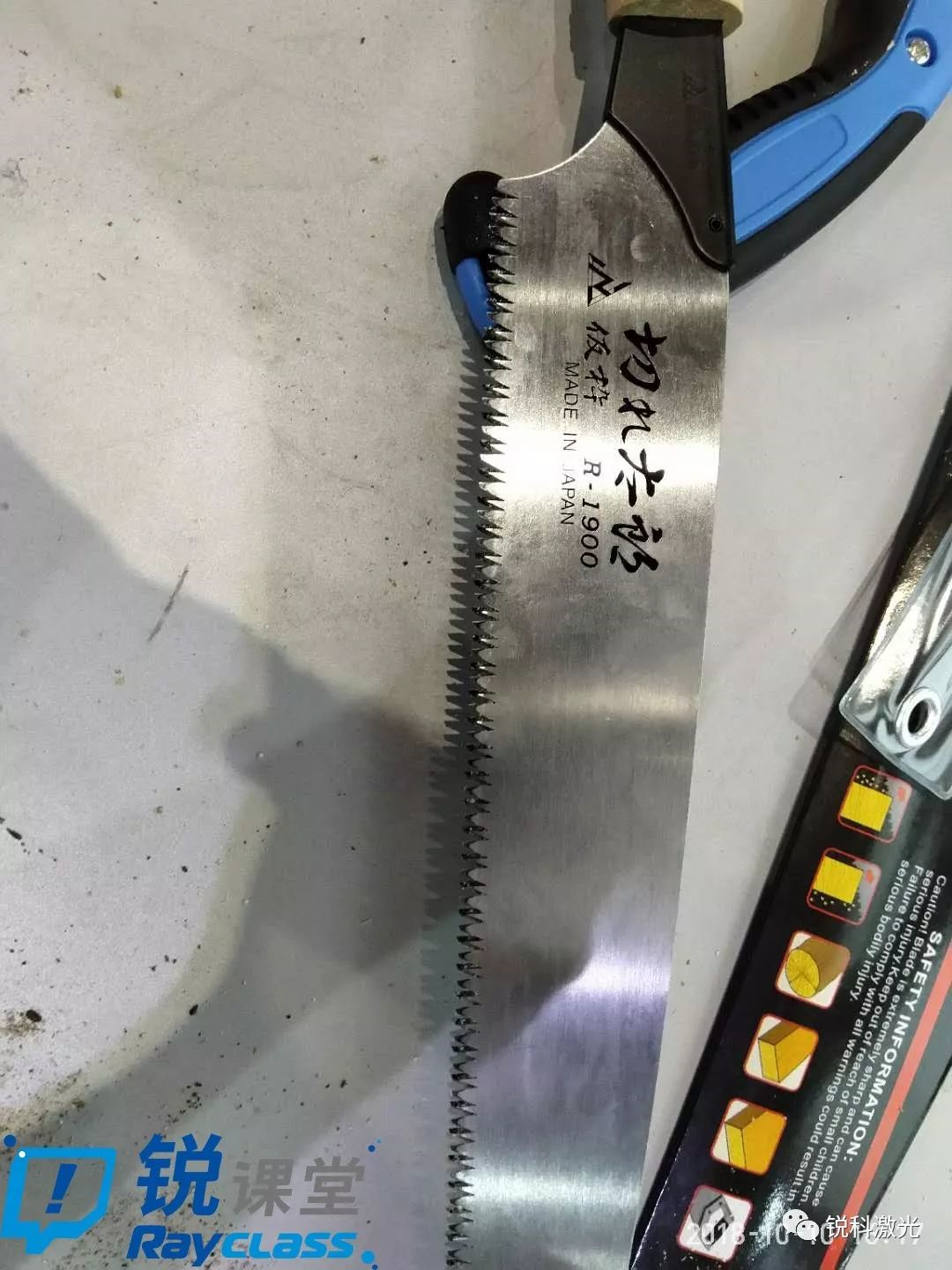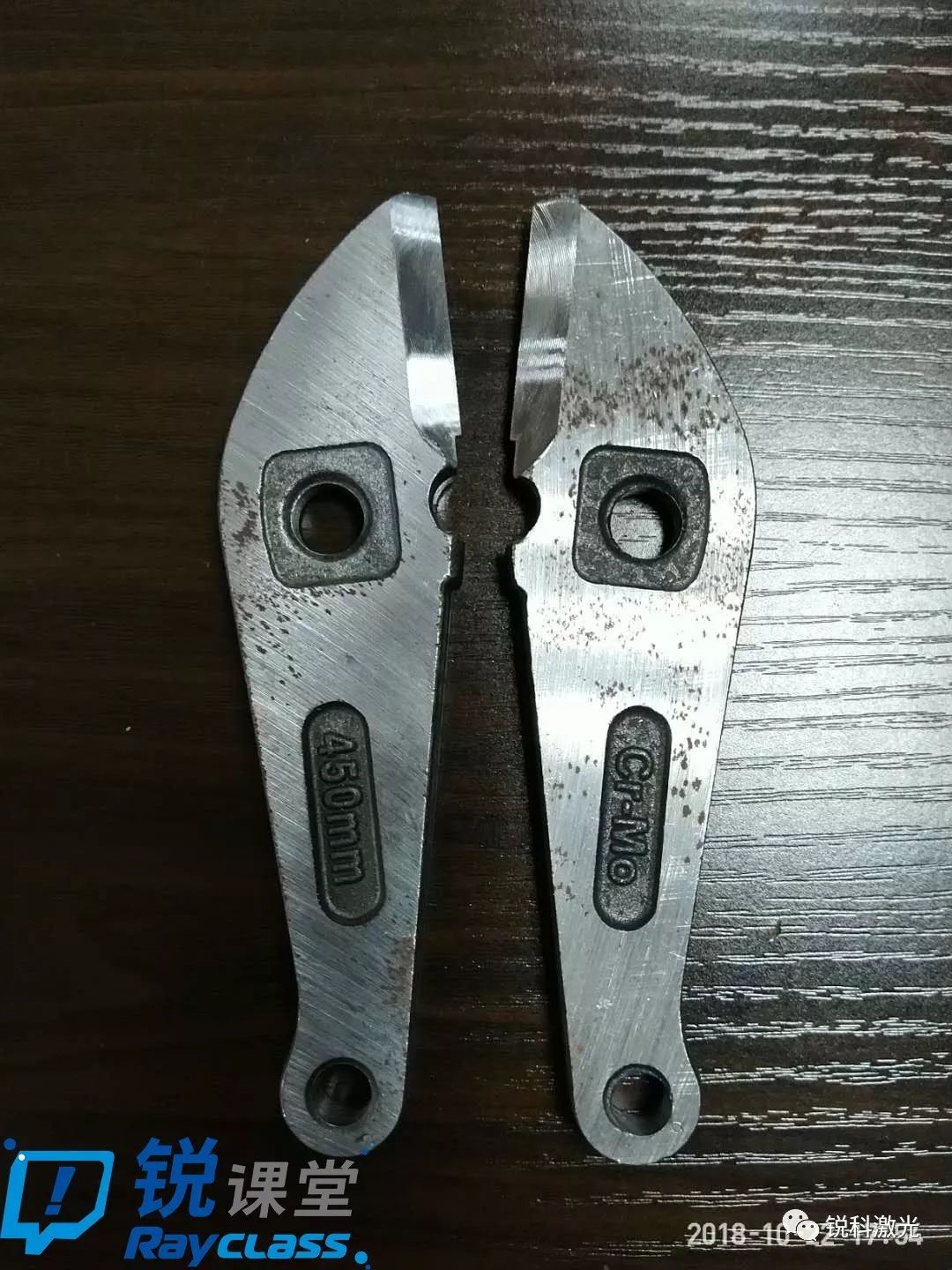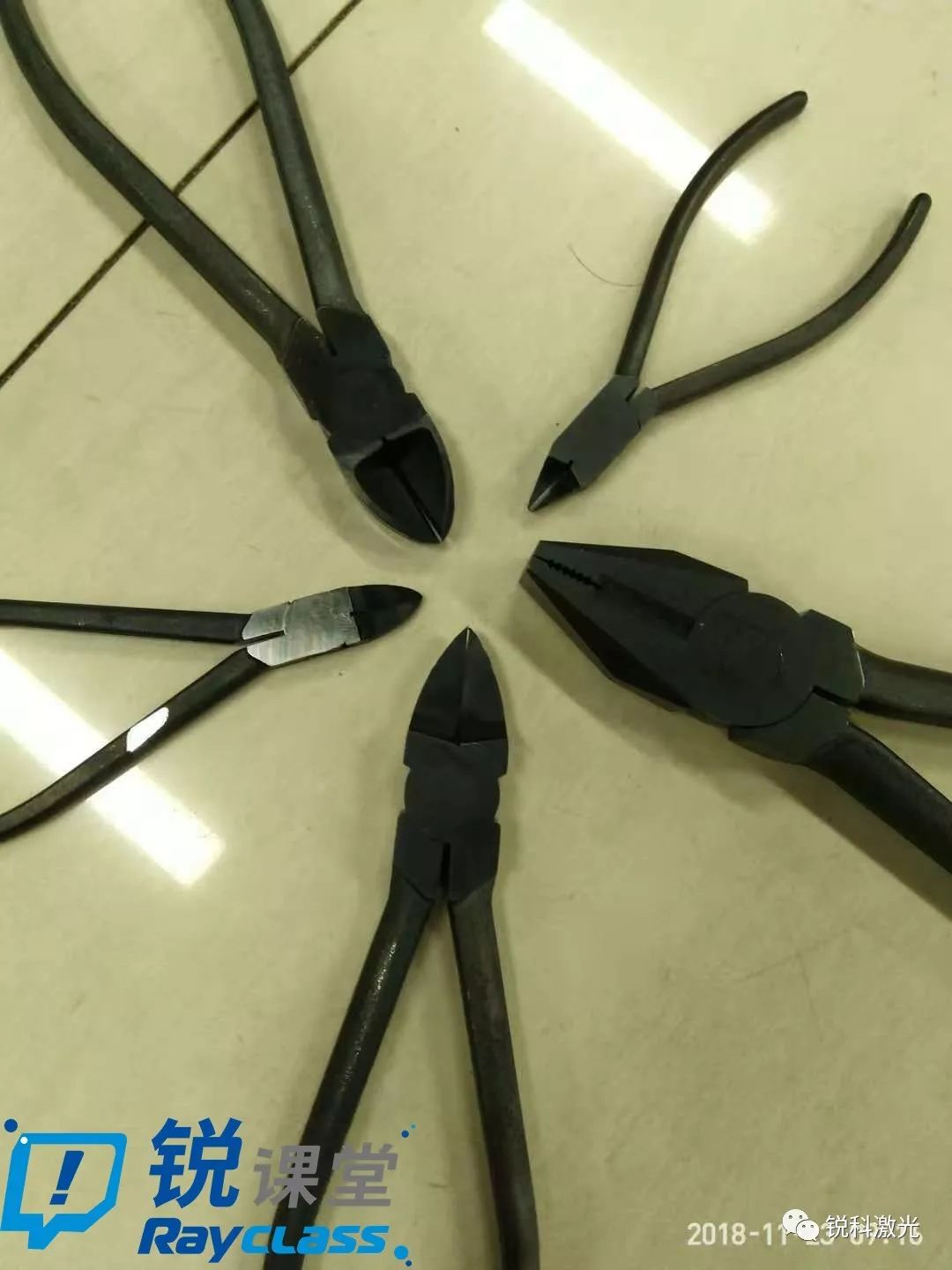Quenching is a metal heat treatment process in which a metal workpiece is heated to a suitable temperature for a period and then immersed in a quenching medium for rapid cooling.
Heat treatment generally are annealing, normalizing, quenching, and tempering are four basic processes. Annealing, alters the physical and sometimes chemical properties of a material to increase its ductility and reduce its hardness, making it more workable. Normalization is an annealing process applied to ferrous alloys to give the material a uniform fine-grained structure and to avoid excess softening in steel. Quenching is the rapid cooling of a workpiece in water, oil, or air to obtain certain material properties. Tempering is a process of heat treating, which is used to increase the toughness of iron-based alloys.
The purpose of quenching
So, what is the real purpose of quenching?
The use of the quenching process is mainly to greatly improve the rigidity, hardness, wear resistance, fatigue strength and toughness of the metal, to meet the different requirements of various mechanical parts and tools.
Main application
Plastic molds, drawing dies, stamping dies, shafts, gears, hardware tools, etc.
The advantages of laser quenching
a) The laser heating speed is fast, the heat affected zone is small, and the surface is scanned for local heating at a moment, so the amount of deformation of the processed workpiece is extremely small;
b) Hardly destroy surface roughness;
c) Laser quenching does not crack, can accurately quantify the numerical positioning of local and groove quenching;
d) Laser quenching is efficient, clean and does not require media cooling such as water or oil;
e) The quenching hardness is higher than the conventional method, both quenching layer in structure and the toughness are good;
f) Since laser quenching is rapid heating, self-excited cooling, and does not require ruthenium insulation and coolant quenching, it is a pollution-free, green, environmentally friendly heat treatment industry that can easily perform uniform quenching of large surfaces.
Tool quenching
With the increasing demand for products, various tools need to be quenched to improve the service life. However, the conventional quenching mold has a large amount of deformation and is difficult to control locally. Therefore, laser quenching will be a good choice.




At present, laser quenching technology has been applied to the surface strengthening of consumable parts such as metallurgy industry, machinery industry and petrochemical industry. In particular, in terms of improving the wear parts such as rolls, guides, gears, and cutting edges, the hardness of the mold is increased, and the service life of the mold is prolonged, and the effect is remarkable.

